Education has been a top priority for the Bloomberg administration. Since he took office in 2002, Bloomberg has vowed to increase teacher salaries, raise standardized test scores and students’ overall performance, in addition to improving parents’ involvement in their children’s educational futures. All of these options sound great, but only if they are given somewhat equal attention. Harlem is the prime example of how easy it is to boast about improvements in the school system, yet sidestep the areas that are still extremely lacking.
Bloomberg often touts impressive-sounding statistics. For example, the administration is quick to note that 500 new schools have been opened in the city, 100 low-performing schools are currently closing and 139 charter schools have been able to effectively function.
This has, in fact, transcended into positive results as it has encouraged parents to get more involved in their children’s education. It was Bloomberg’s goal to make education more of a shopping experience — meaning that parents can choose the school they want their children to attend much like they choose homes or cars. With the opening of new charter schools, parents are finding themselves with more options for their children than ever before.
Furthermore, Bloomberg’s goal to increase teacher salaries has actually materialized. In his State of the City speech in January 2012, he boasted about the 43 percent base salary increase that teachers have received throughout New York City over the last decade. Certainly this, in conjunction with more parent involvement, is an amazing accomplishment about which to boast. But what about the schools’ overall performance and the faltering standardized test scores? While a number of charter schools have been closed because of poor performance, but are going to be replaced by new ones, there still isn’t enough attention given to the quality of the actual education offered in these New York City schools.
For instance, The New York Times reports that of the 25 traditional elementary schools in Harlem and East Harlem, only a handful had at least 50 percent of children reading at or above their average grade level. This is an astonishing statistic and not an isolated instance. Public School 208, a small magnet school on West 111th Street, is famed for its advanced technology and unique greenhouse, yet 70 percent of their students cannot read at their grade level. Something must be done to change these faltering statistics, and focus needs to be drawn away from emergence of increased technology in the classroom, such as iPads and laptops for students. In reality, technology cannot make up for bad test scores. And it certainly won’t increase graduation rates.
While Bloomberg and Education Department officials acknowledge that more work must continue to improve New York City’s school system, it cannot be ignored that arguably the most important aspect of the educational system — school performance — is still nowhere near where it should be. Other factors such as increased wages for teachers and improved parent involvement are certainly positive steps in the right direction. Ultimately, it is the quality of the school and the performance of the students who attend the academic centers that matter the most.
A version of this article appeared in the Sept. 10 print edition. Brittany Sherman is a staff columnist. Email her at [email protected].

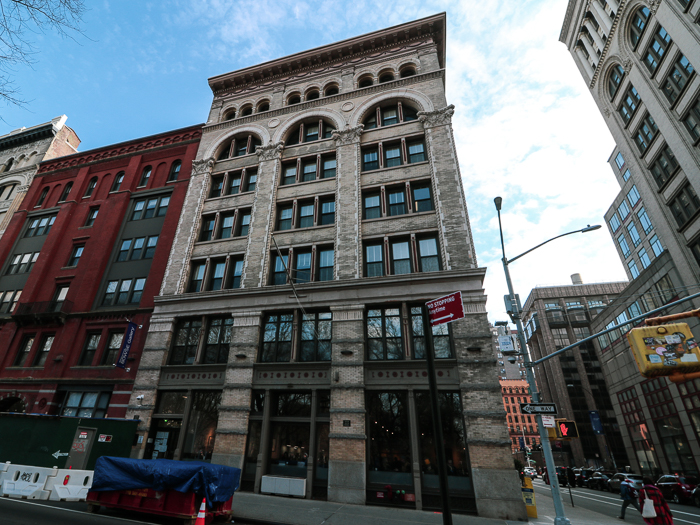



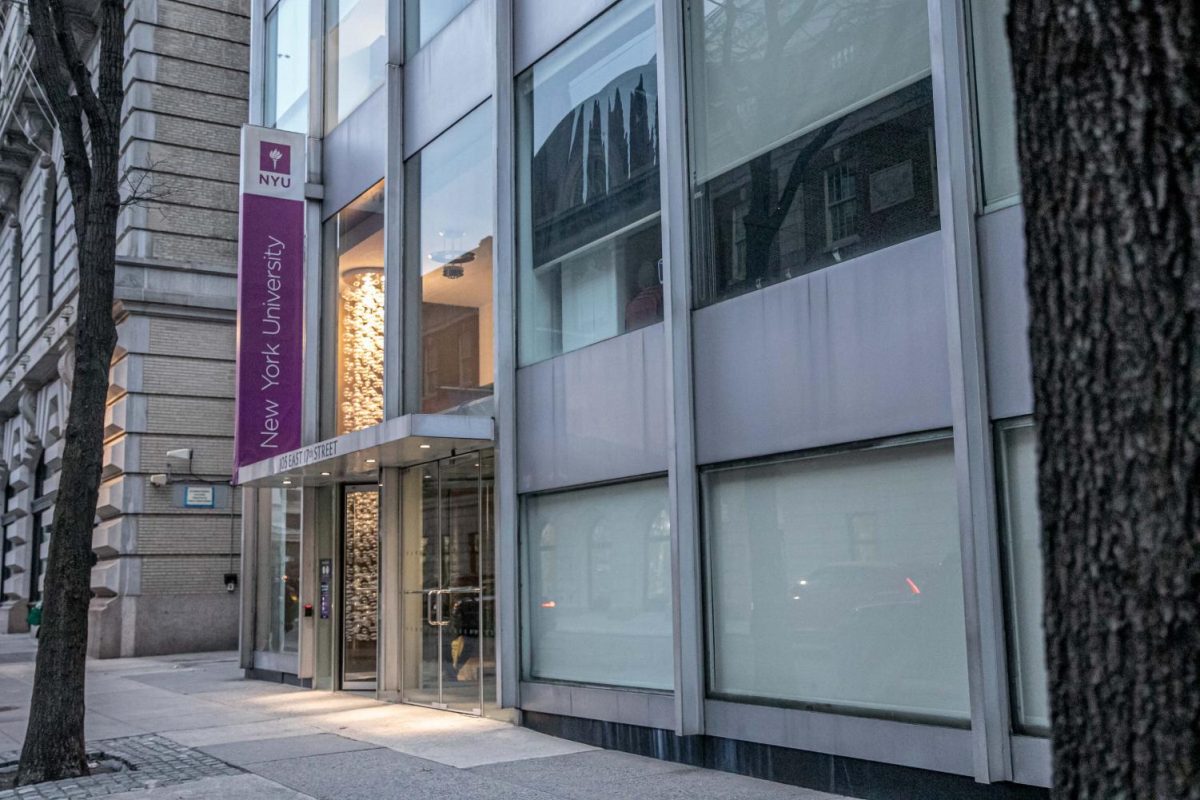
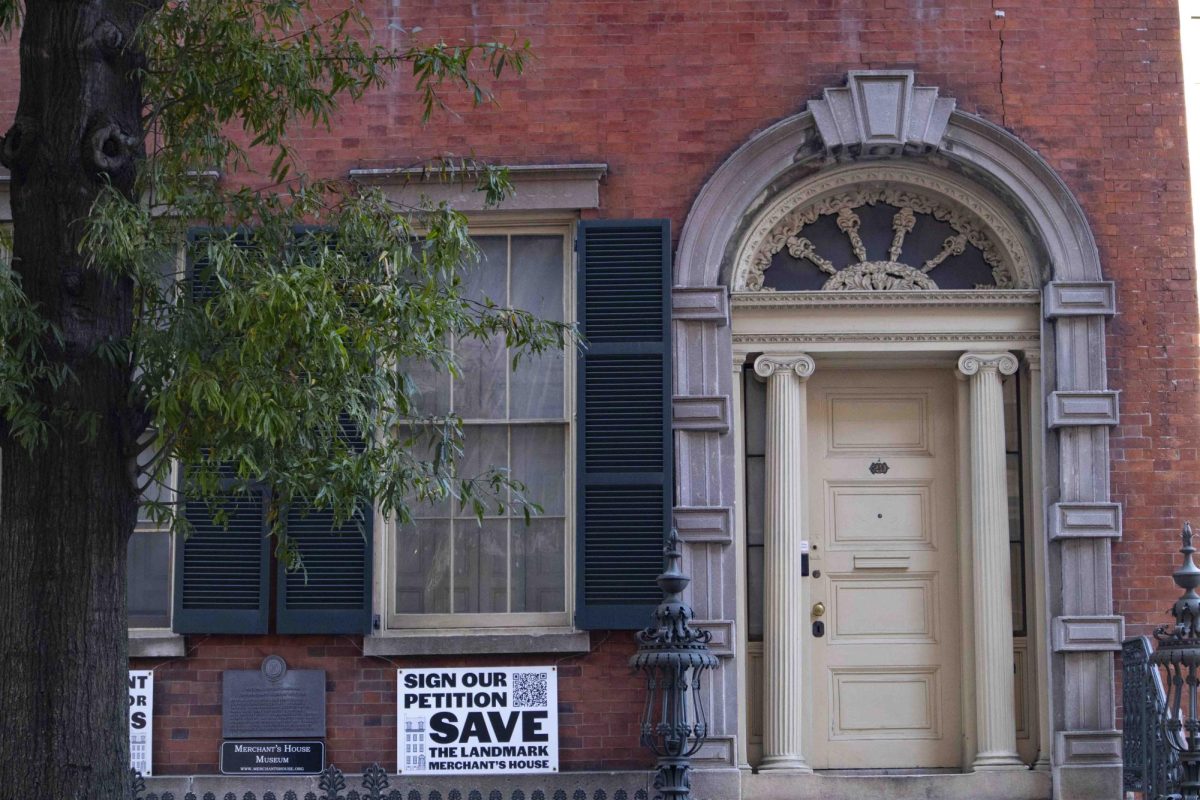
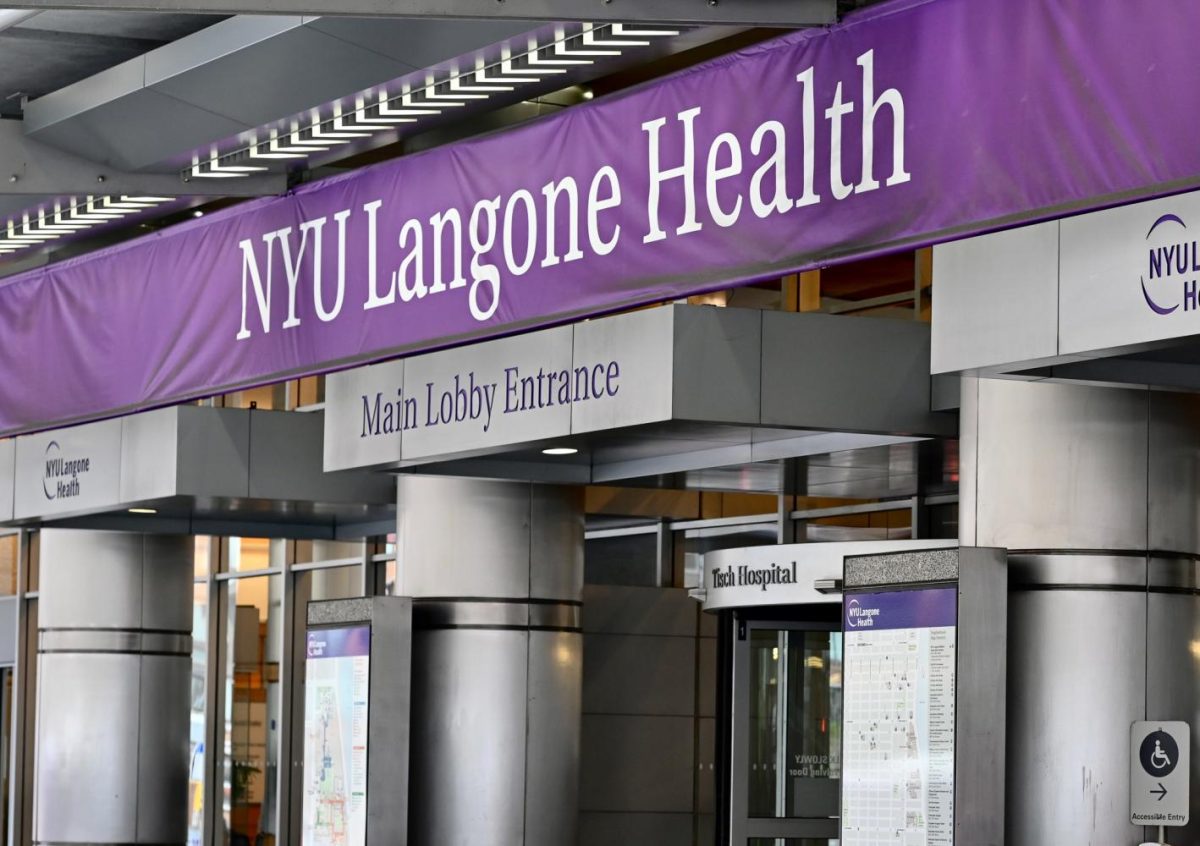

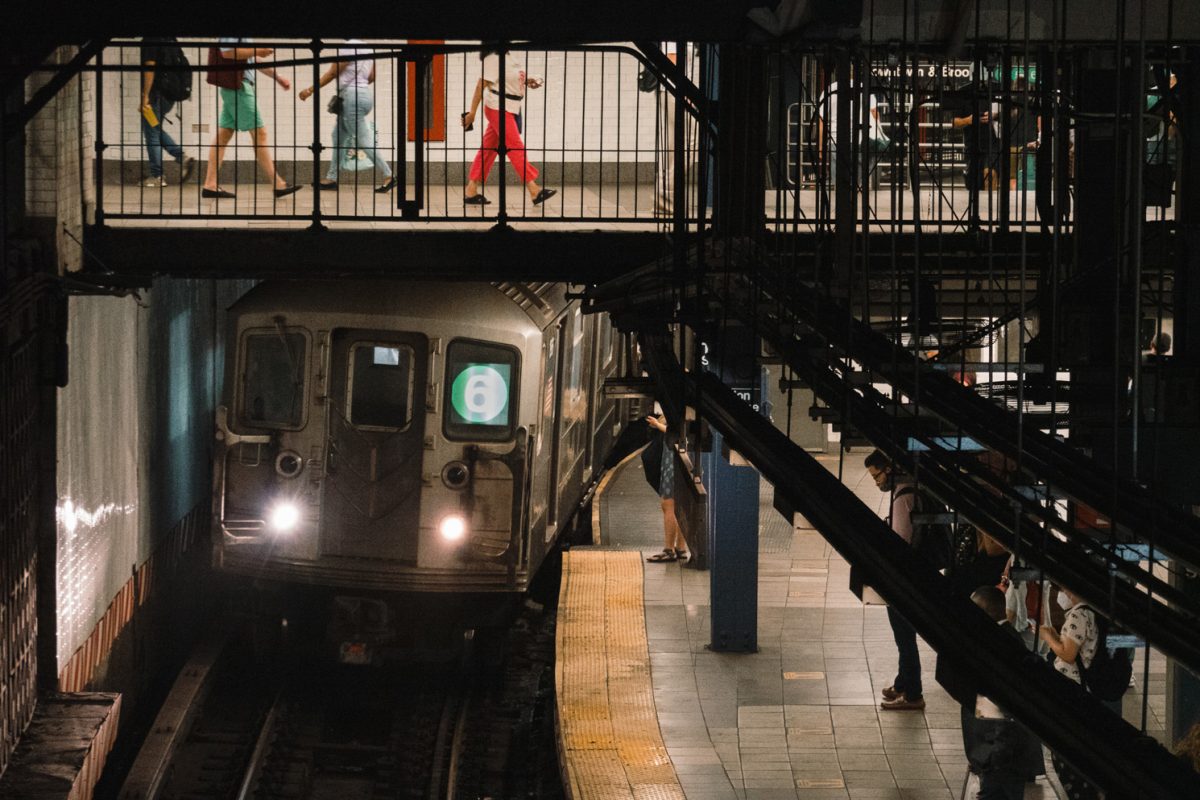
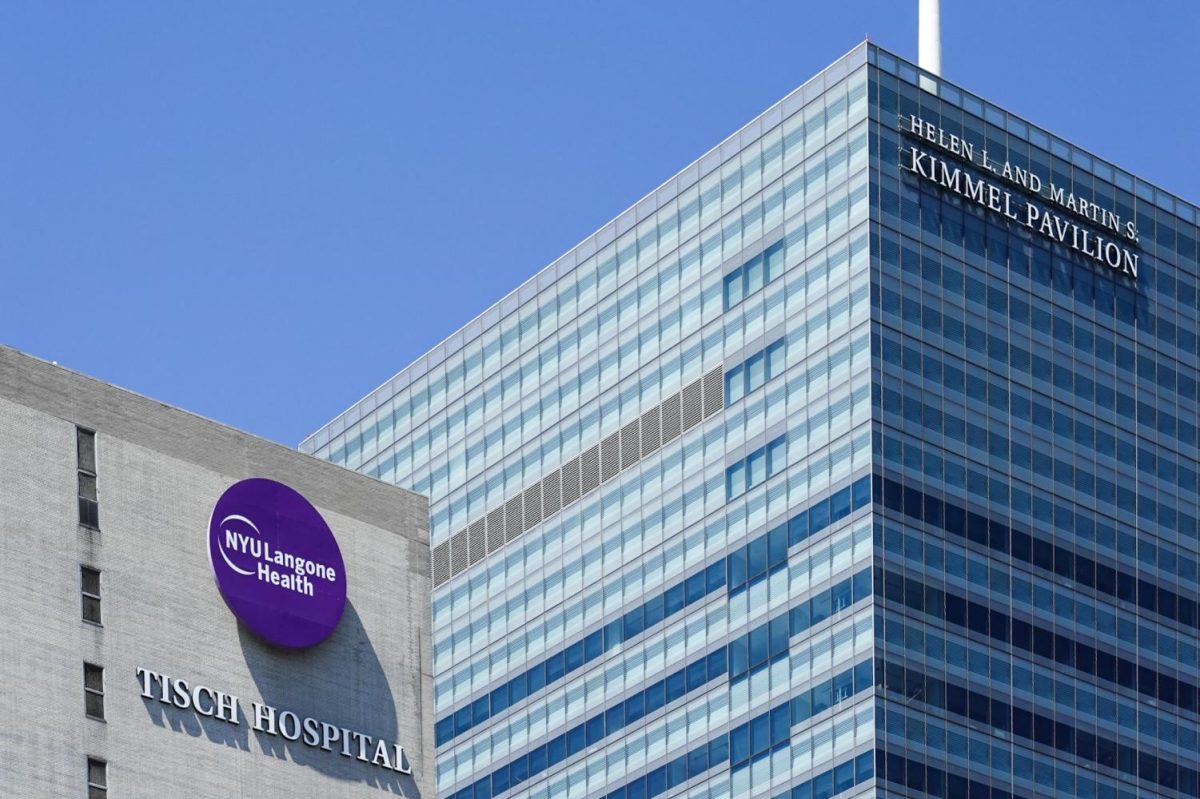


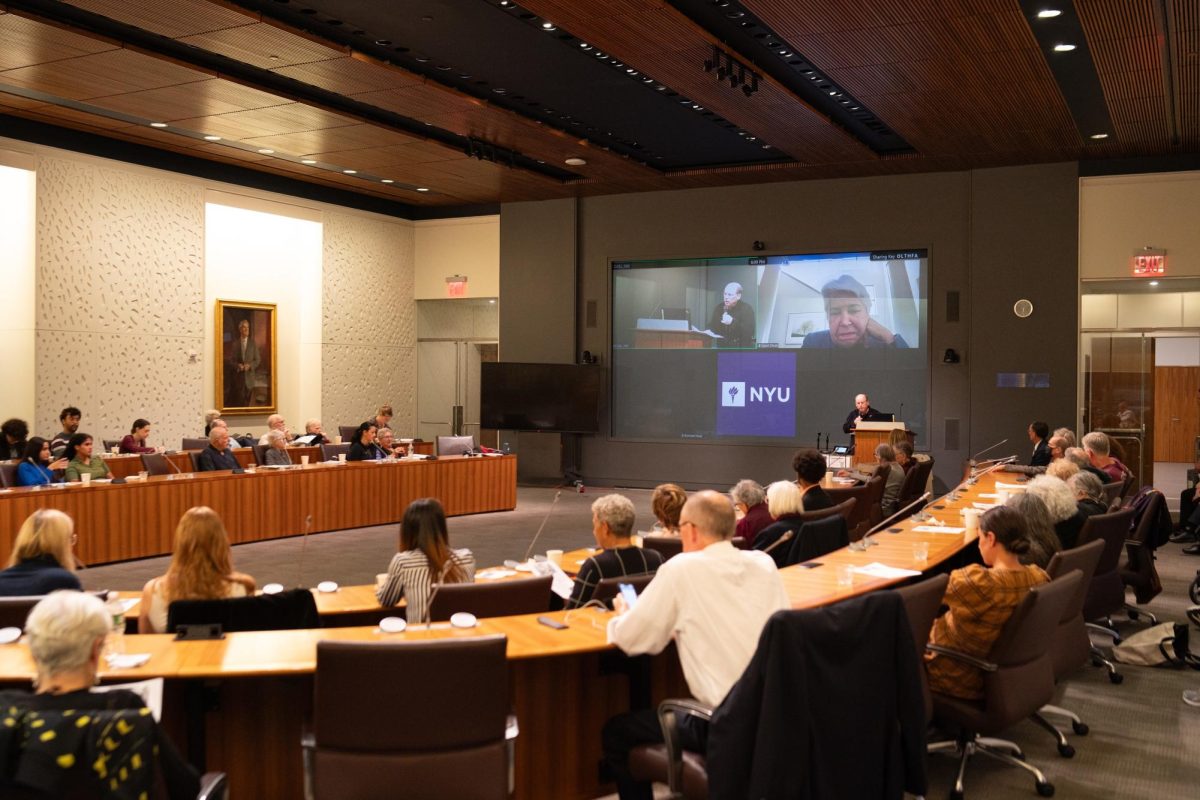

























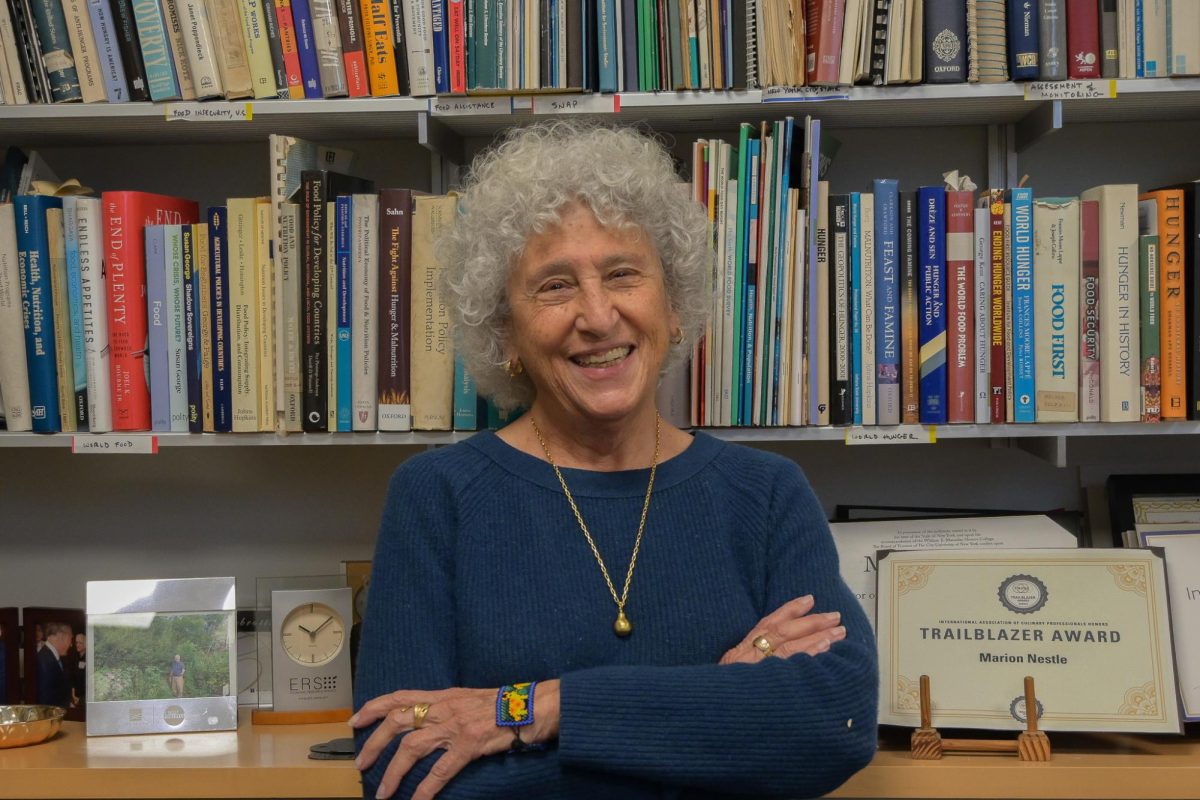
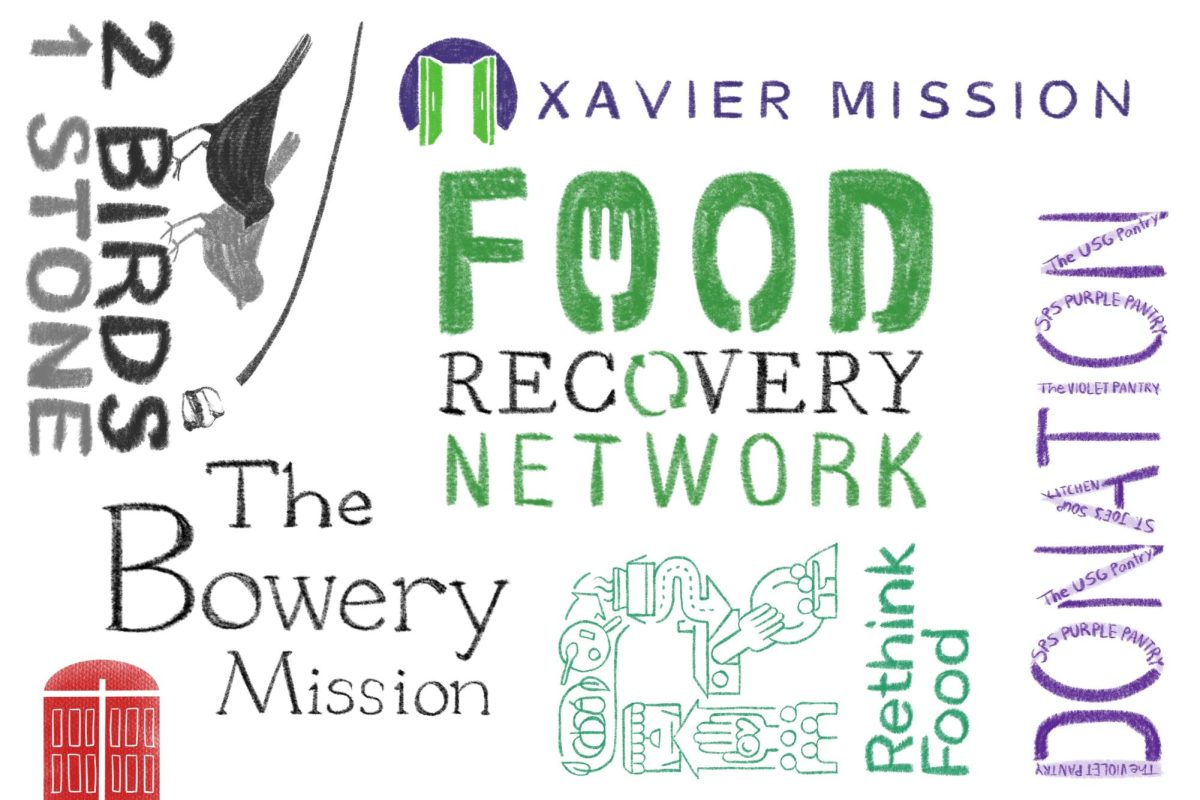





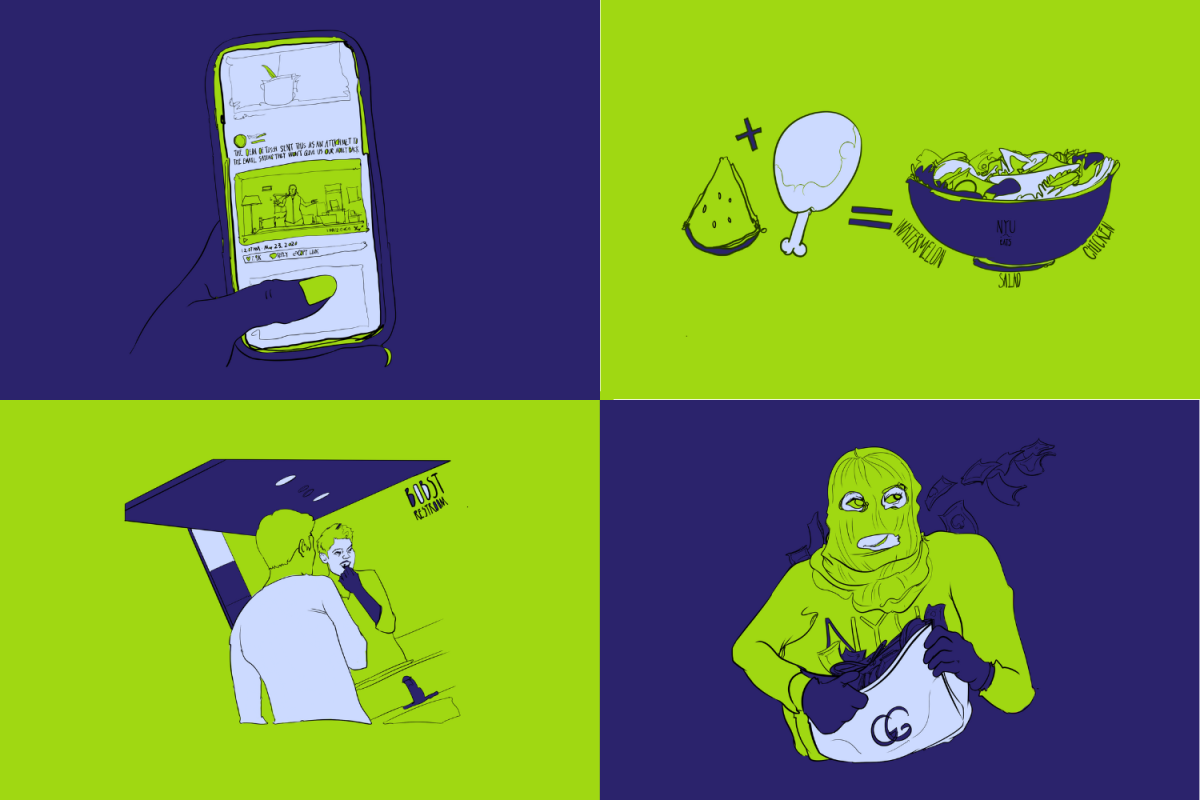













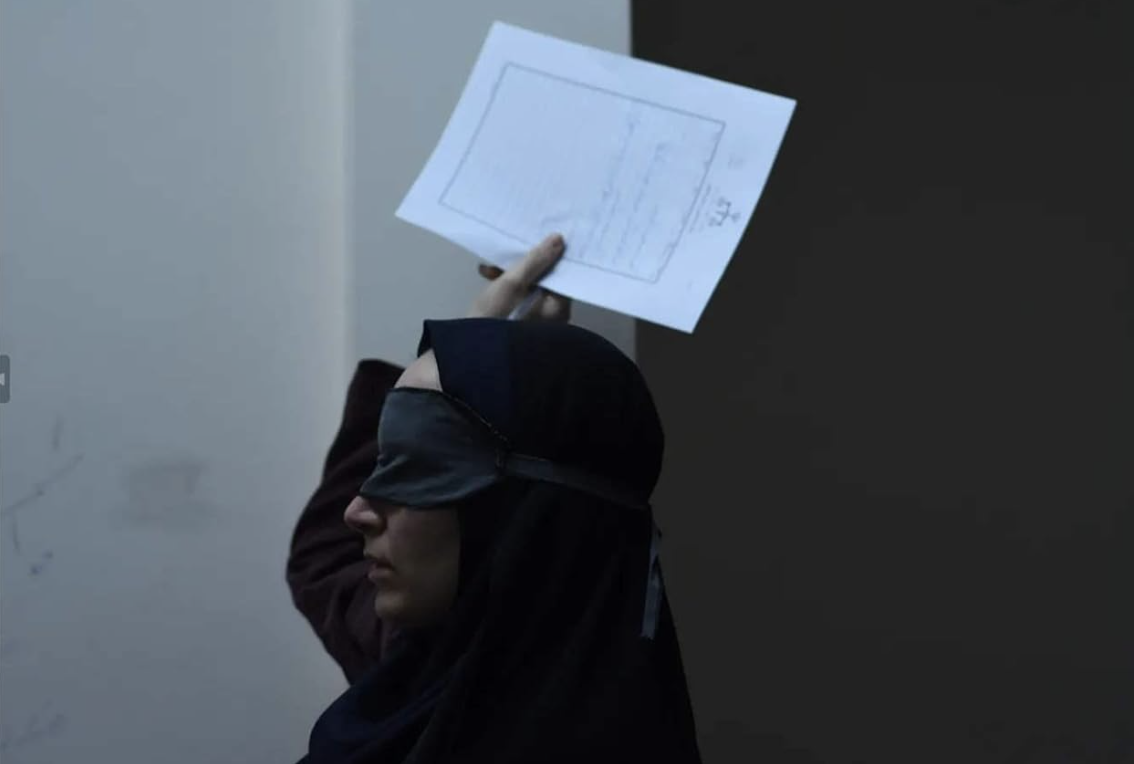























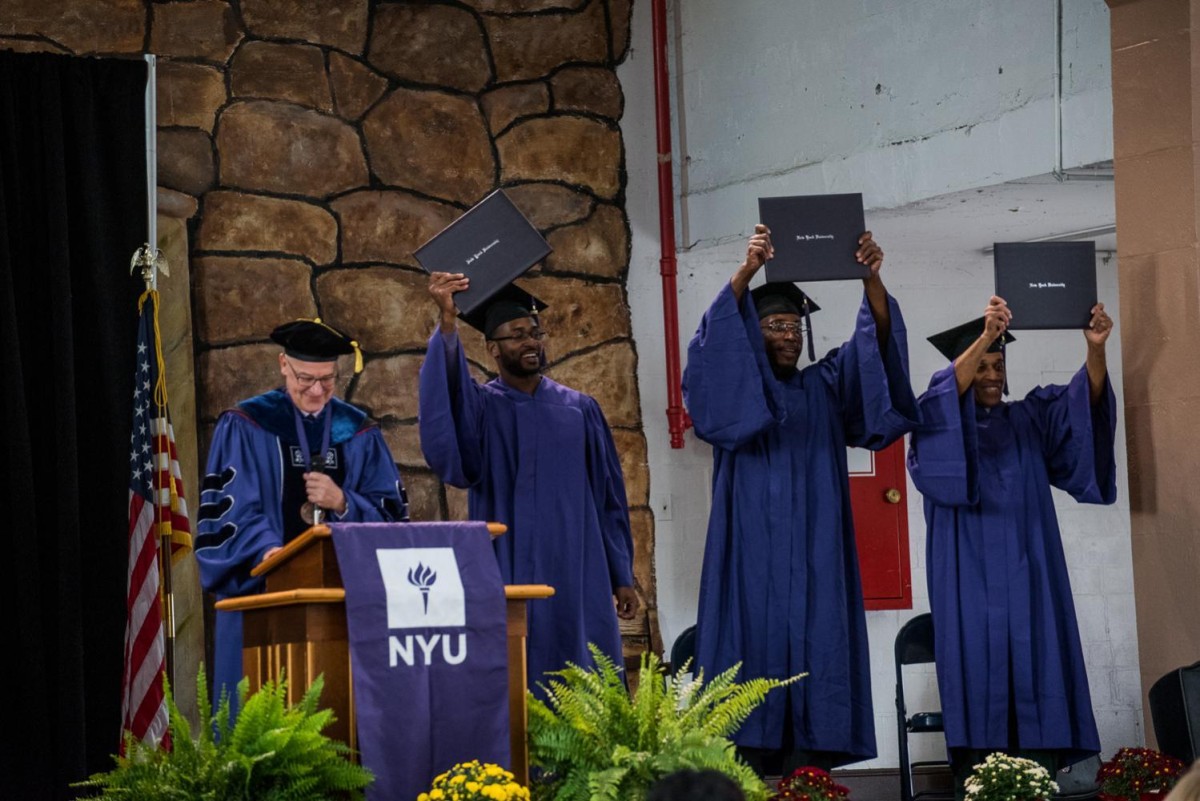



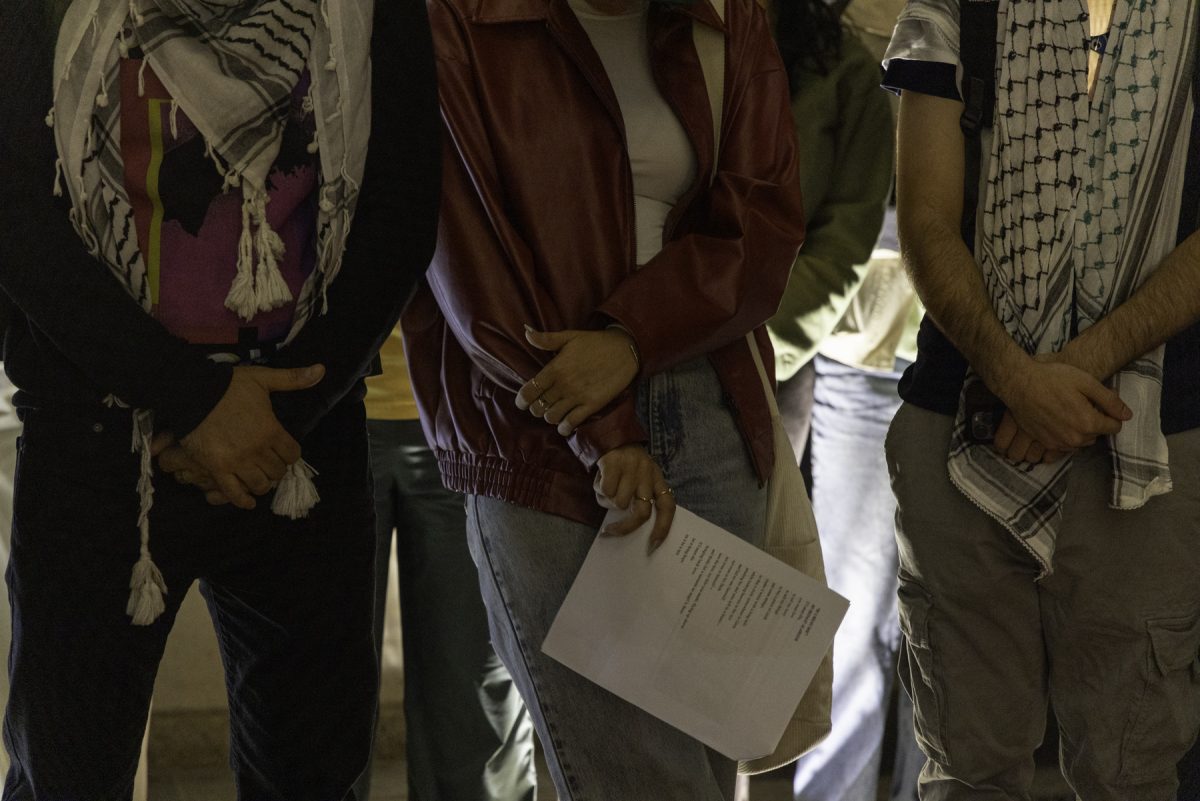



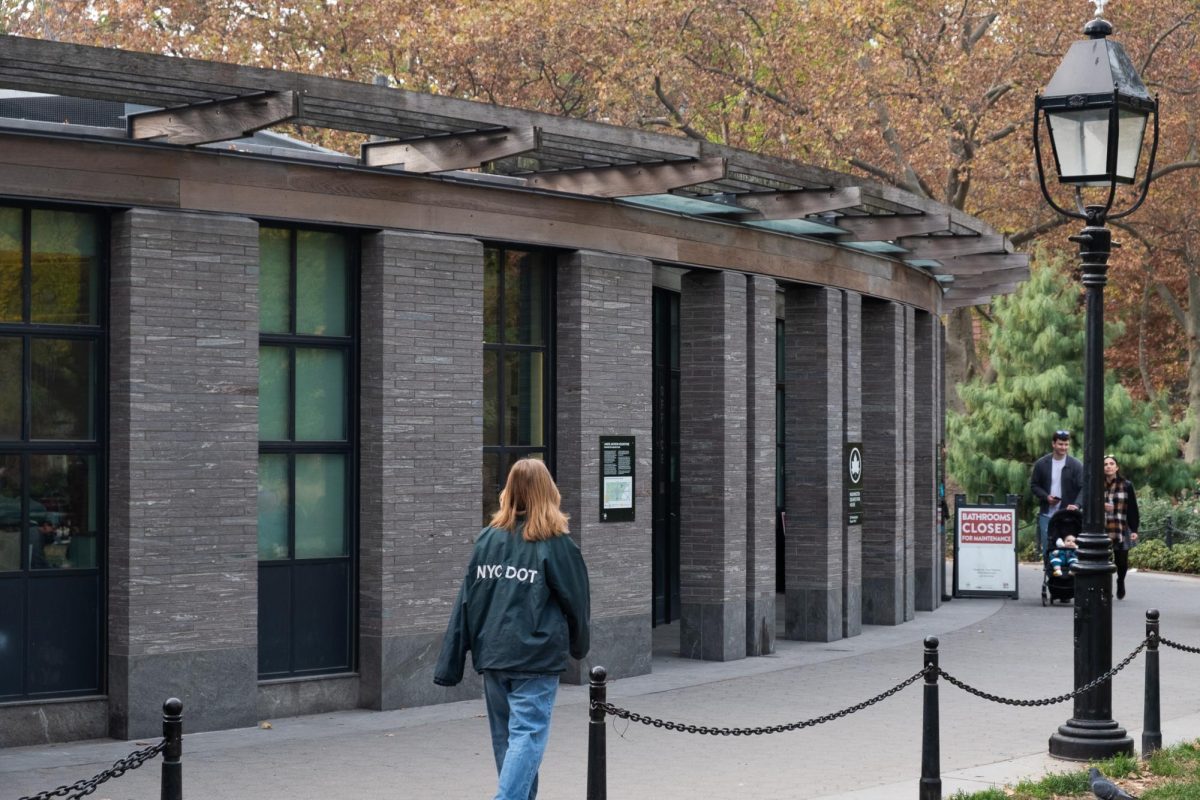
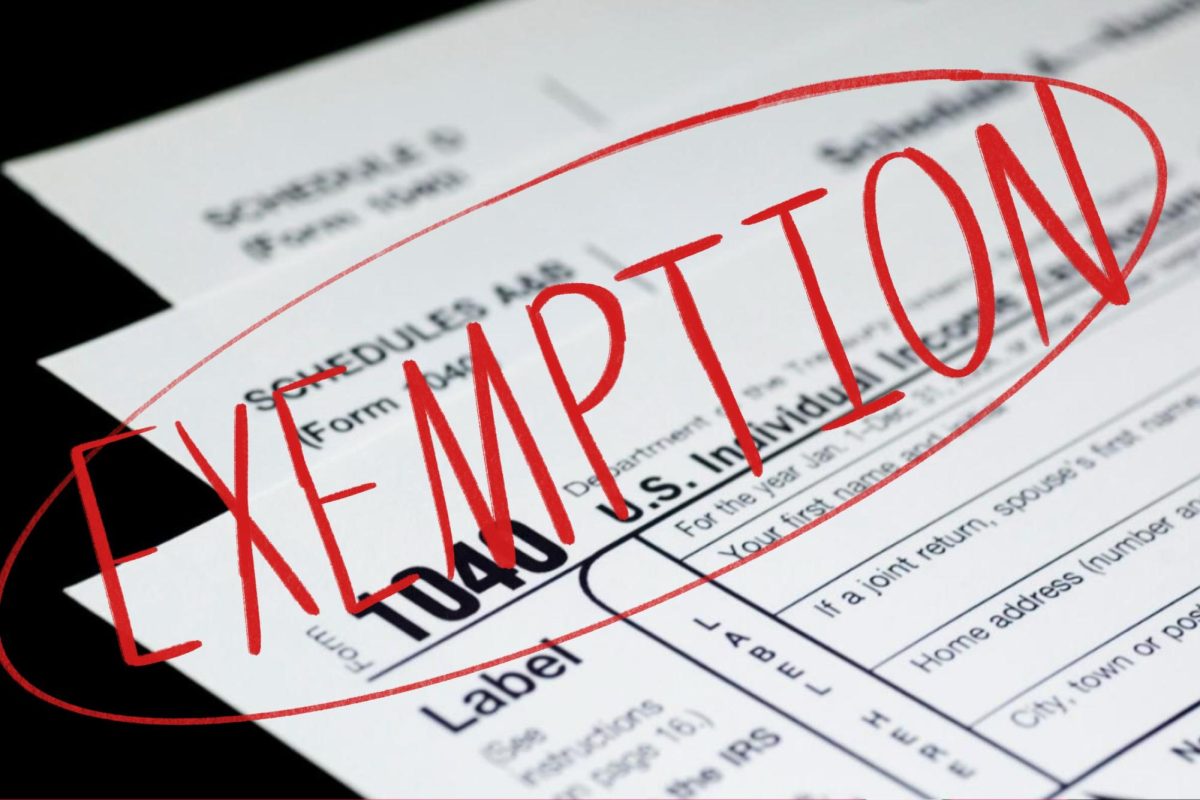





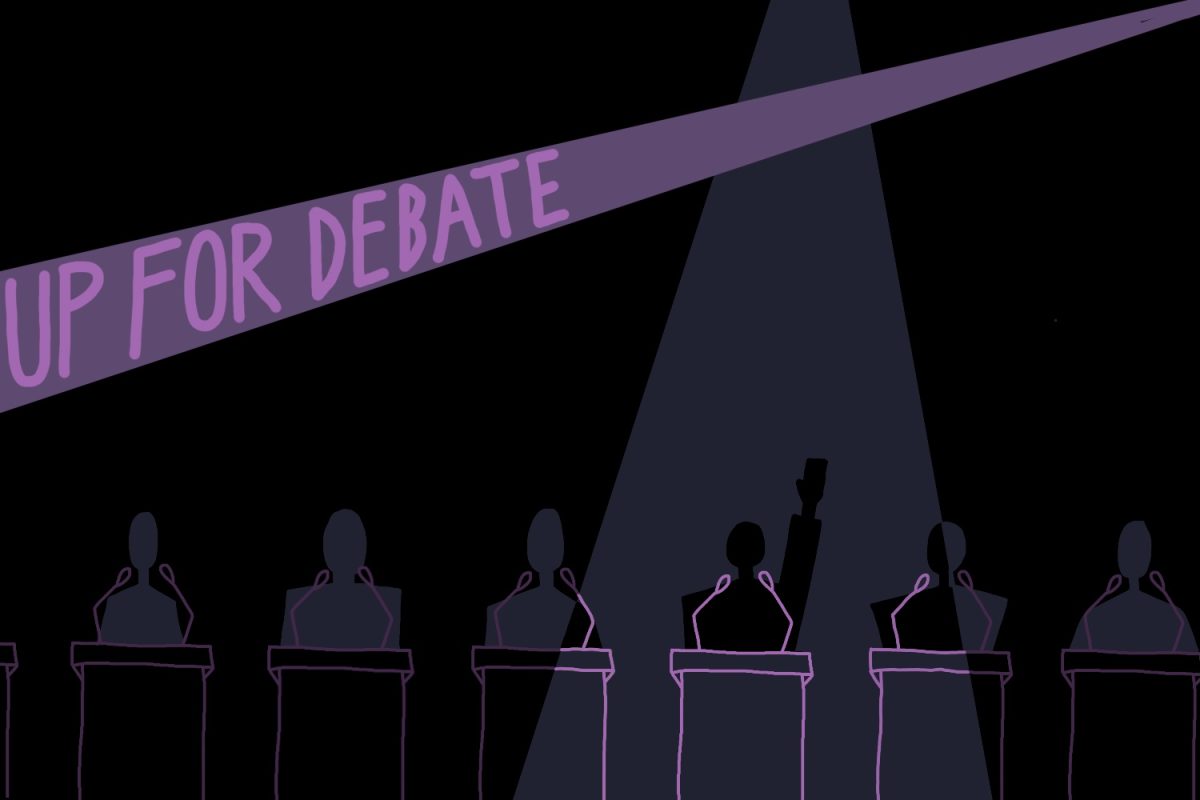


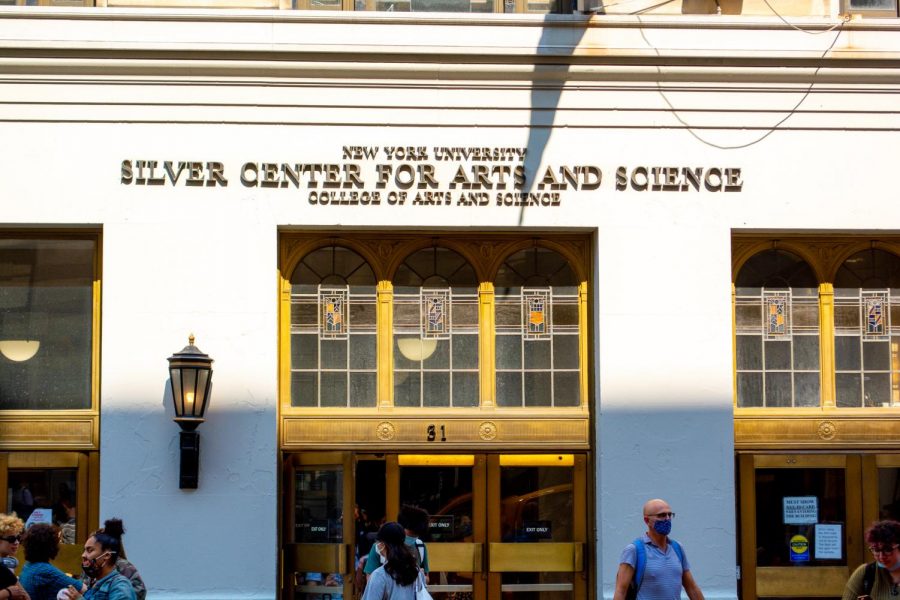


















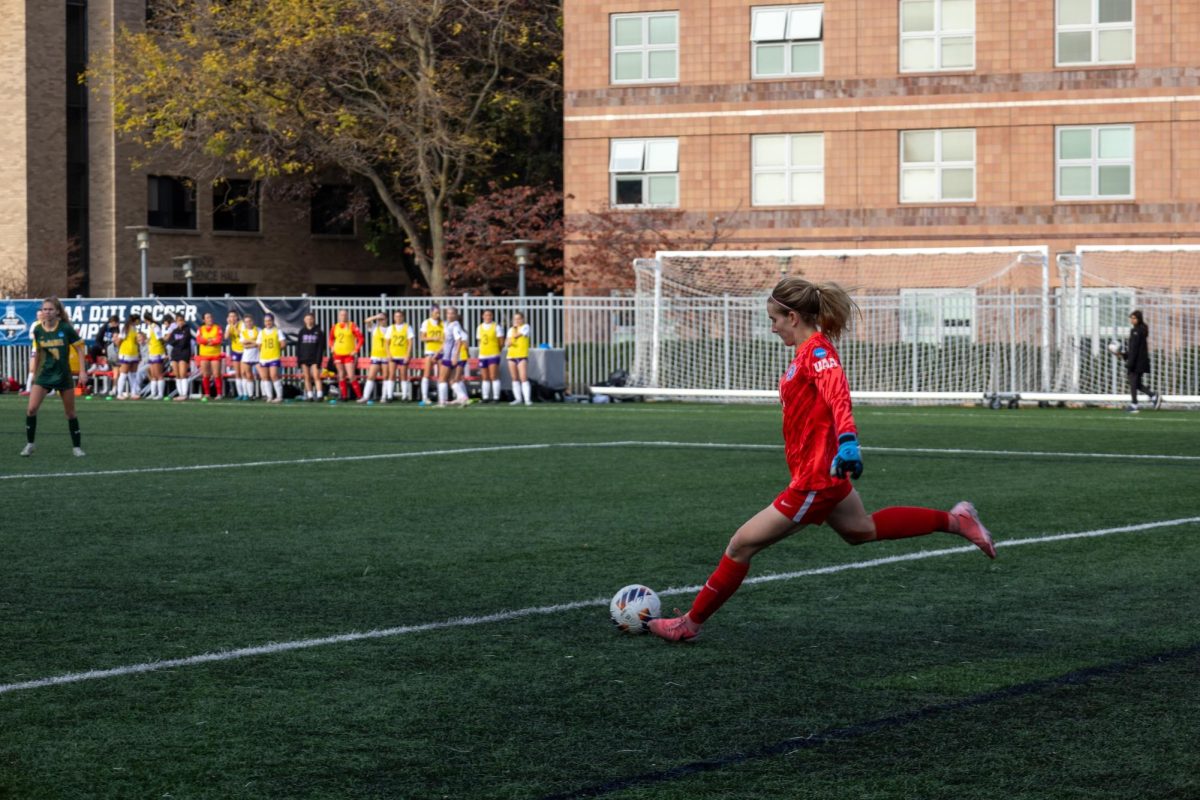
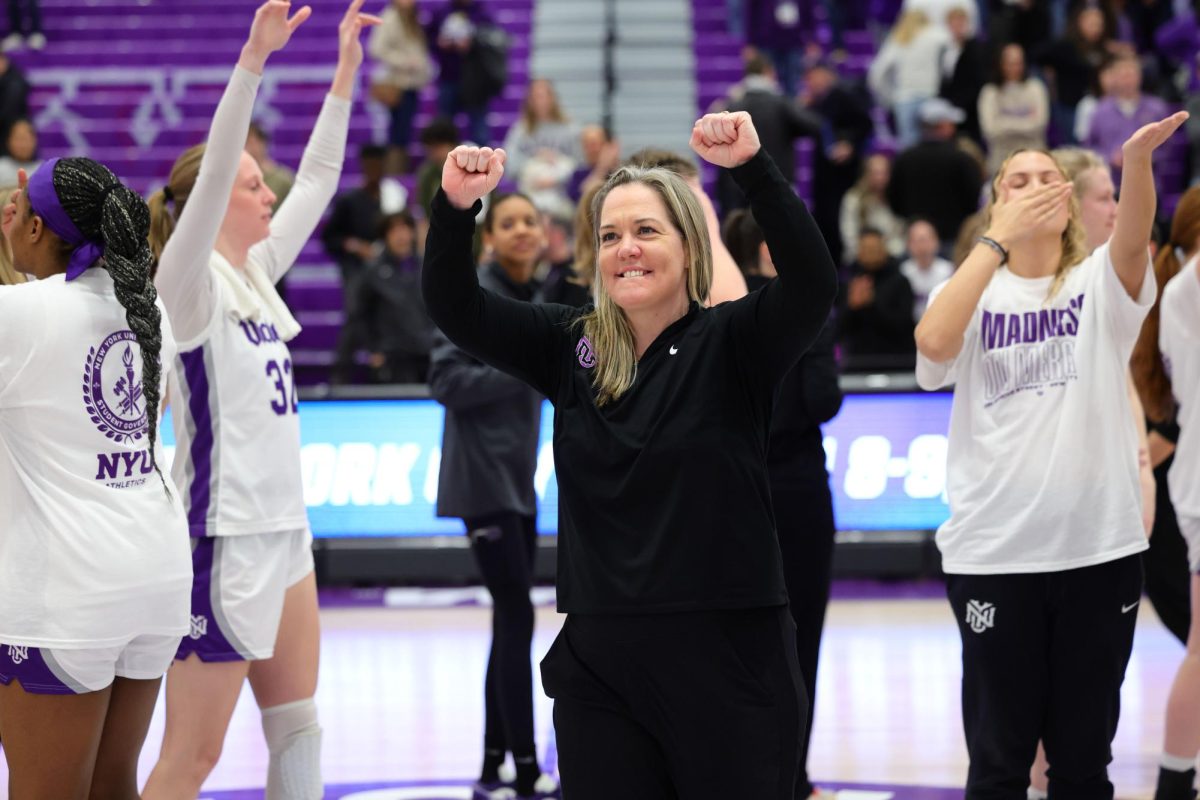


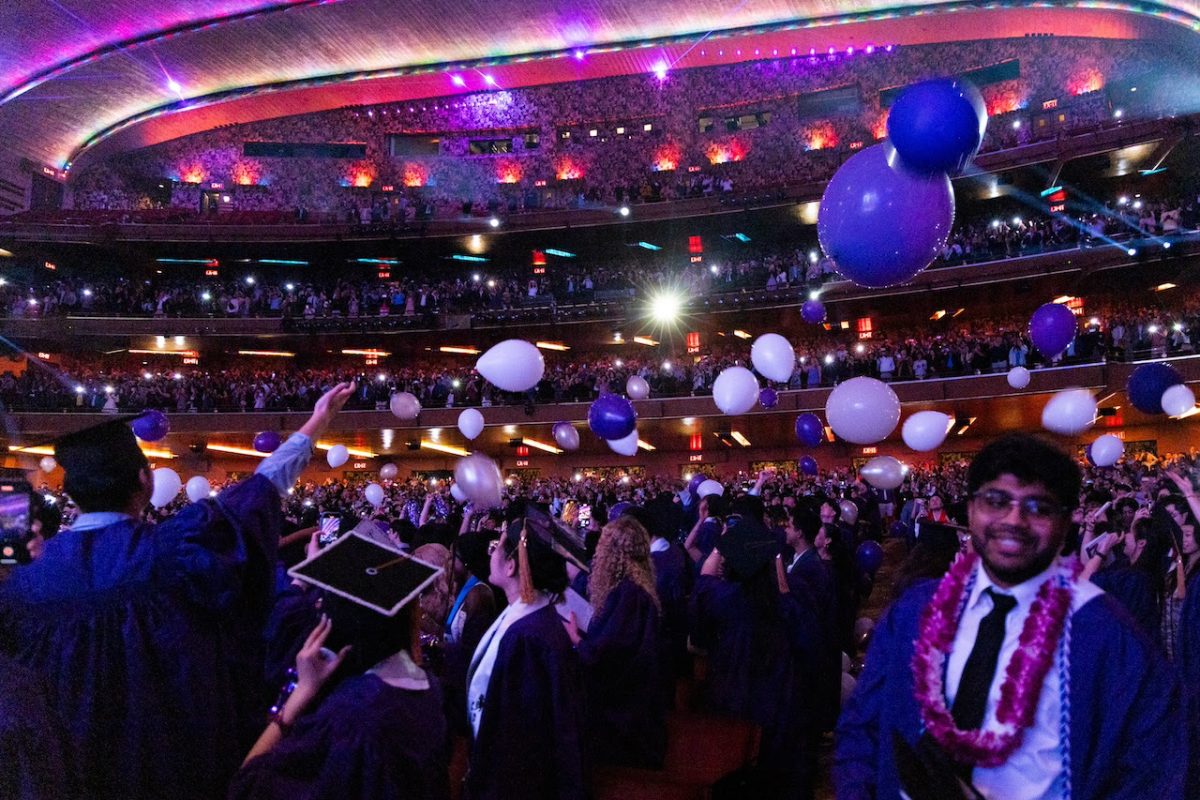










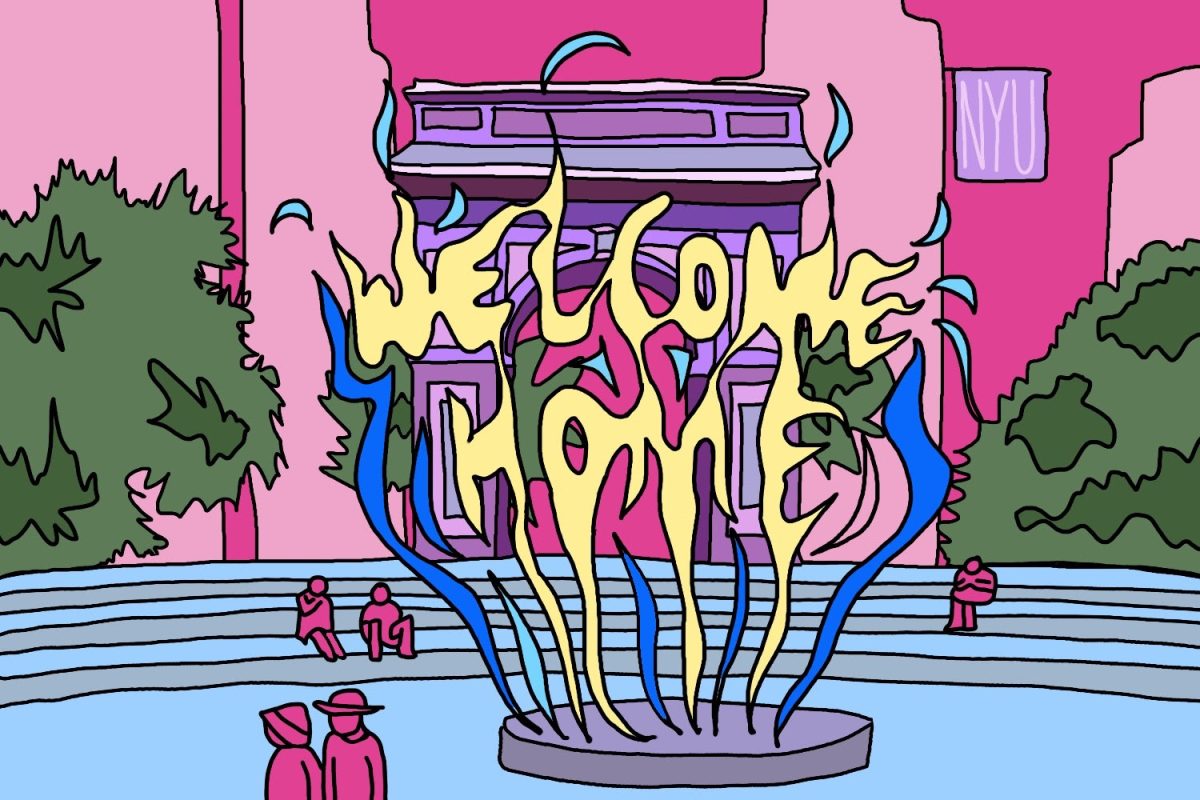



Ben Miller • Sep 11, 2012 at 12:22 pm
Is the issue with performance or with our conception of “school performance” and what that means and how it can or should be measured? Is a well-funded school with a greenhouse and advanced technology that is serving very low-income students really ‘failing’ in its mission if those students fail to meet arbitrary standards?
James Kelleher • Sep 10, 2012 at 11:33 am
1. You’re wrong about technology. If there is anything that is going to help children in a cost-friendly way, it’ll be through personal, interactive experiences with technology such as tablet computers. Take Khan Academy, for example. Because Khan is a one-on-one experience, it lessons the work load on the teacher. He or she can now devote more time and attention to those who are struggling, while the high-performing students work on their own. All lessons are free, the only cost is the initial investment for computers and tablets. This is much more cost effective than hiring new teachers or increasing wages – a fair trade-off, since the teacher’s job will be more manageable as well.
2. The flaws with the traditional elementary schools are just more evidence that we need more innovative programs, or to keep improving on our current trajectory, not to scrap our plans. Bloomberg inherited a failing school system, just like Obama inherited a failing economy. Just because neither system is at where they should be doesn’t mean they’re not on the right path. They just need more time.